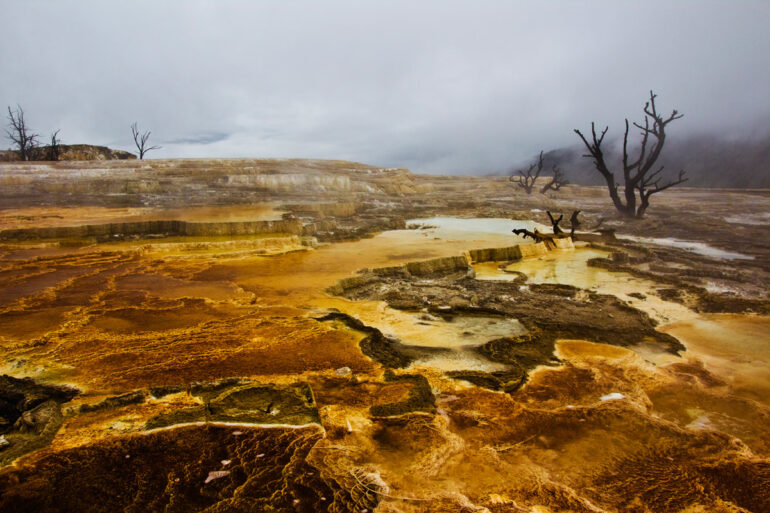We may earn a commission when you purchase through affiliate links. Learn more.
Since the foundation of Yellowstone National Park in 1872, America’s national parks have been dedicated to preserving the natural beauty of the United States. Today, more than 275 million people each year visit the 59 national parks and 348 additional areas administered by the National Park Service. Here are ten of the best and most photogenic national parks to enjoy and explore!
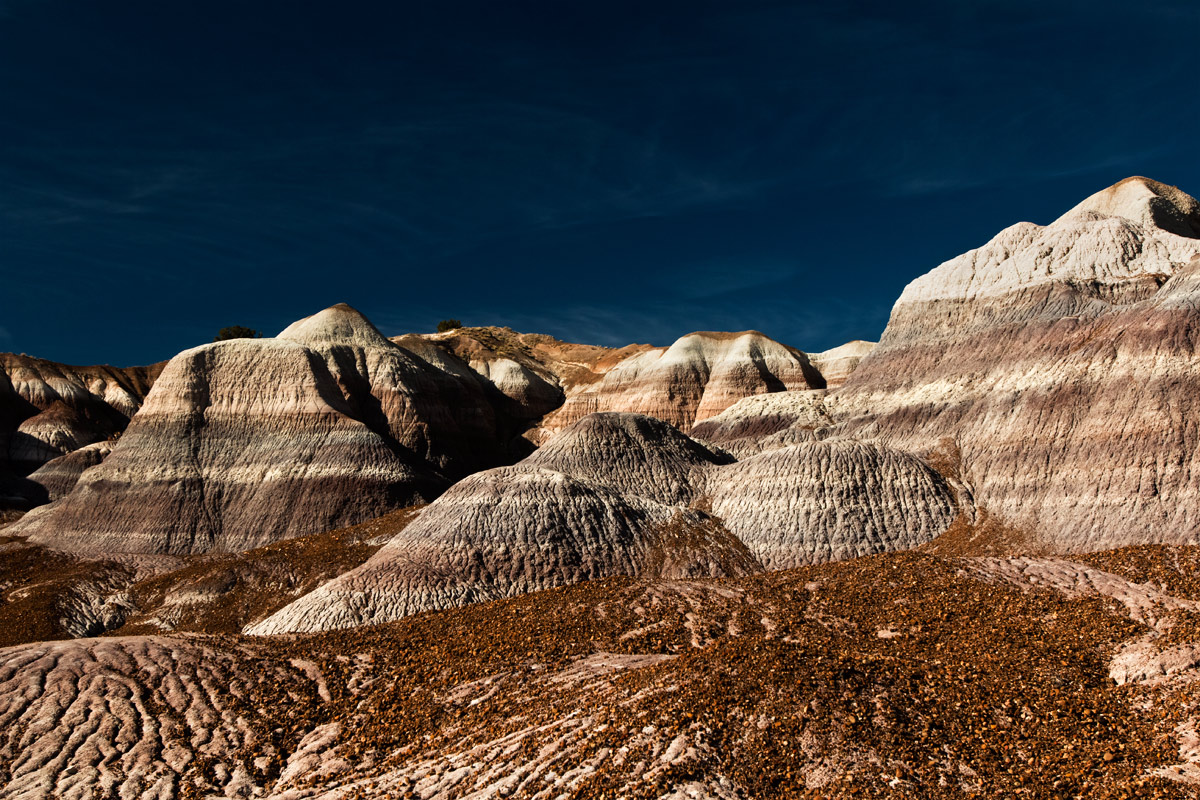
Petrified Forest National Park
The colorful rock layers of northeastern Arizona’s Petrified Forest National Park form an incredible visual display of eroded badlands, dating to the Triassic. Colored by iron and manganese, red, pink, orange, and purple hues paint the landscape, making it a true work of natural art for photographers to explore. Petrified Forest National Park is famous for its treasure trove of fossilized logs, exposed after eons of erosion by wind and water. About 60 million years ago, tectonic action pushed the Colorado Plateau upwards, exposing the layers of rock containing the park’s Triassic fossils.
Photo Tip:
Most visitors to Petrified Forest National Park drive through the park in just a few hours, stopping at some of the major overlooks, which afford spectacular views of the ancient landscape. Photographers looking to get a bit more variety in their photos should add a few hours to their park visit and explore some of the trails which meander through the vibrant badlands, particularly the easy Blue Mesa 1 mile looping trail which can be accessed by taking the 3.5 mile circular Blue Mesa road.
Want to learn more about landscape photography? Be sure to check out our guide to 10 of the best books for learning about landscape photography!
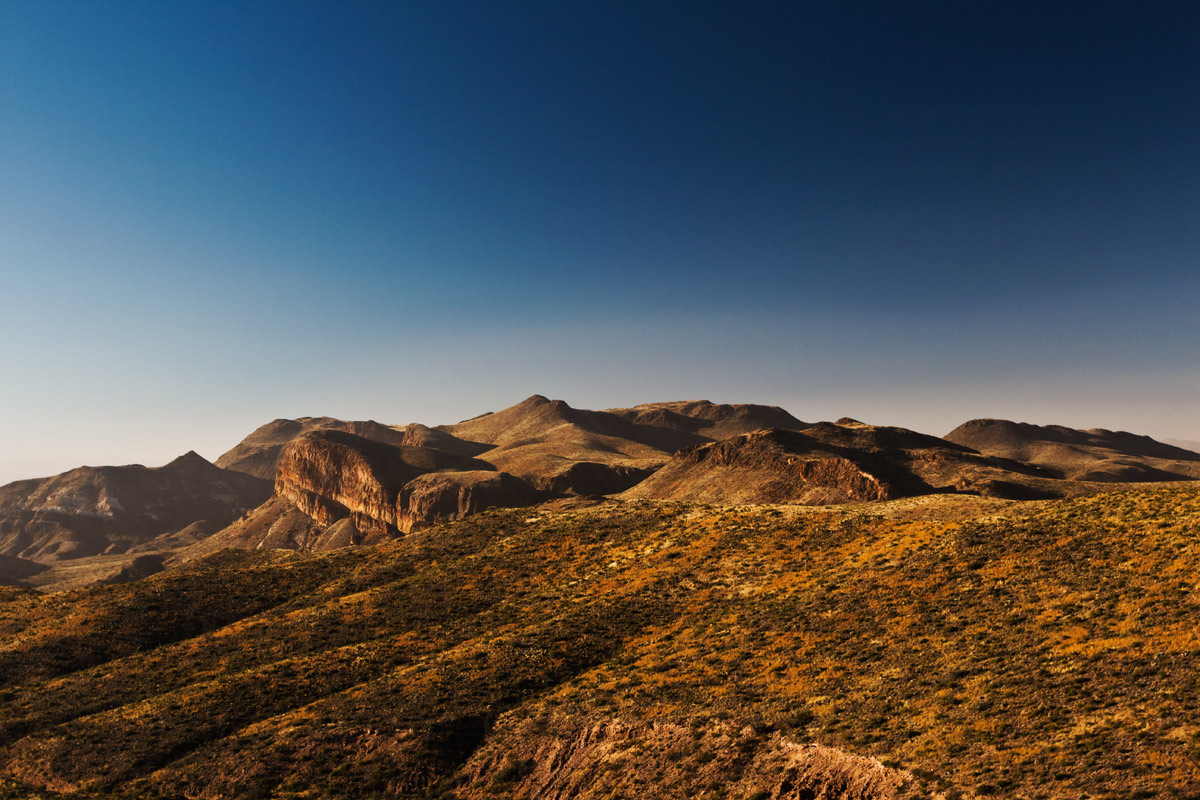
Big Bend National Park
Far from any of Texas’s major cities lies one of the most remote national parks in the continental United States – Big Bend National Park, whose 801,163 acres hug the Mexican border for 118 miles. Steep mountain peaks rise from a cactus and sotol filled desert landscape to an impressive 7,832 feet. While the dry scenery of the Texas border seems an unlikely place to support plant and animal life, Big Bend is home to more species of bats, birds, and cacti than any other US national park.
With less than 400,000 visitors each year, compared to Grand Canyon’s five million, Big Bend is the park for outdoor lovers who want to escape from the crowds and appreciate nature in silence. After the sun sets, a sky as dark as pitch slowly fills with the twinkling pinpricks of light from millions of stars, making this one of the best national parks for star photography.
Photo Tip:
While nature photography opportunities abound in the park, photographers interested in shooting some travel imagery can whet their appetites as well. Big Bend National Park is home to the Boquillas Crossing Port of Entry, allowing visitors who remembered their passport to cross the Rio Grande and enter into the small Mexican town of Boquillas del Carmen.

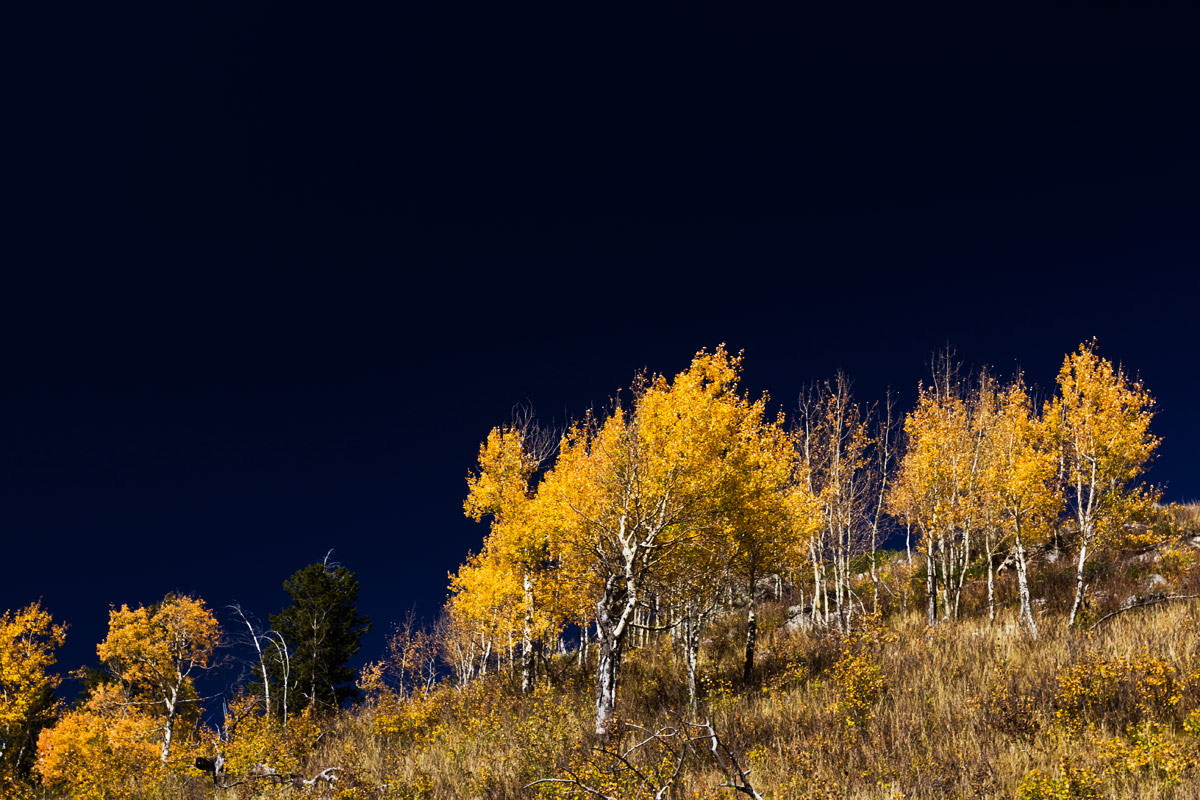
Grand Teton National Park
Located in northwestern Wyoming directly below the much larger Yellowstone National Park, Grand Teton National Park has one of the most striking landscapes of all the national parks. Around 5 to 9 million years ago, the jagged peaks of the Teton Range began to rise from the Earth as the Teton fault shifted, forming the youngest range of the Rockies, jutting some 7,000 feet above the surrounding landscape to the east.
While only a fraction of the size of neighboring Yellowstone National Park, Grand Teton’s 200 miles of trails offer plenty of solitude and countless photo opportunities.
Photo Tip:
Contrast dominates the photo opportunities in Grand Teton National Park – contrast between the jagged peaks of the Teton Range and the sky, contrast between the land and the placid water of the park’s alpine lakes, and contrast between the sky and the striking foliage of cottonwood, aspen, and willow trees in the autumn. To maximize the contrast and saturation of the striking scenery, be sure to use a polarizing filter on your lens.
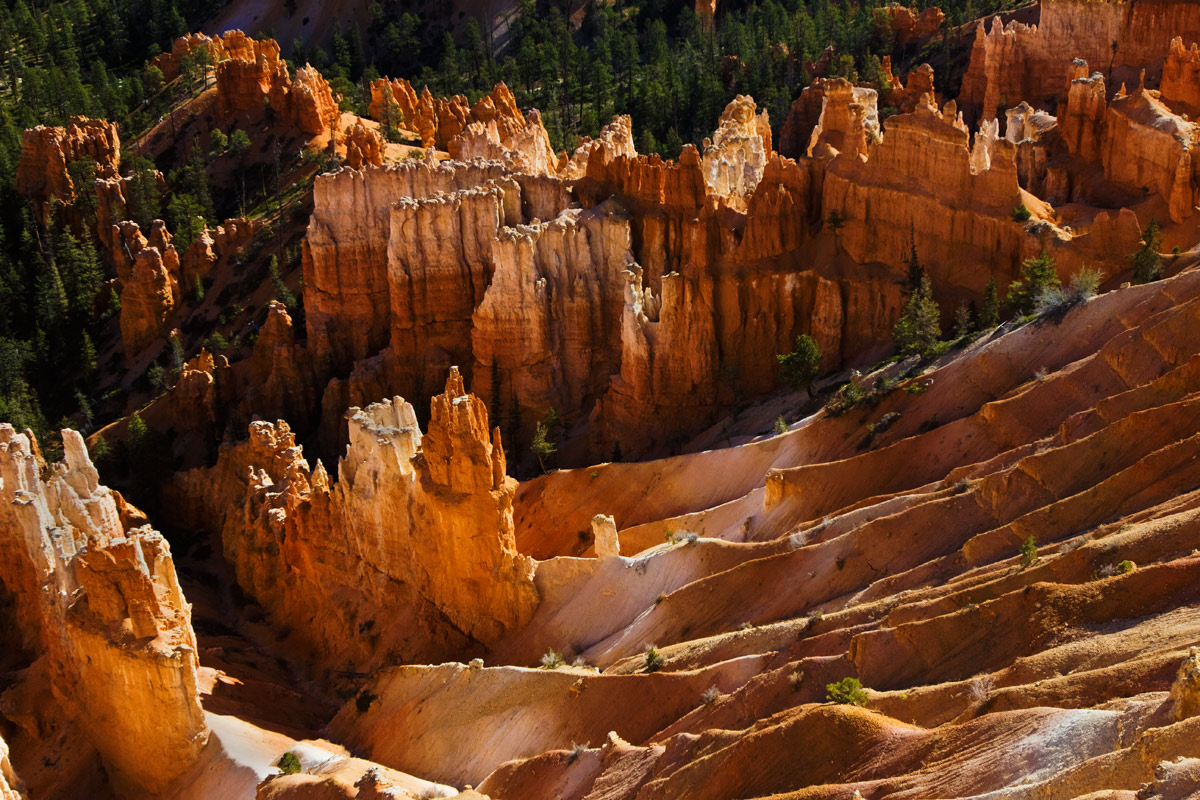
Bryce Canyon National Park
With a landscape seemingly borne out of fantasy, Bryce Canyon National Park in southwestern Utah is home to spectacular geological formations called hoodoos, sculpted by nature through eons of erosion and weathering. With bright colors of orange, red, pink, and white, the land is a canvas of color, providing a rich array of photographic opportunities.
Thanks to its more remote location, Bryce Canyon National Park receives only around one million annual visitors, compared to Zion National Park’s three million annual visitors. A scenic drive with thirteen viewpoints and overlooks offers excellent views of the unique landscape, and fifty miles of trails offer a chance for more adventurous visitors and photographers to explore the park and take photos from a less common perspective.
Photo Tip:
While many visitors to the park stop just once at each overlook along the scenic drive that runs from the north to the south, you’ll find that throughout the day the light changes, providing very different shooting conditions and photos as the sun crosses the sky overhead. With the majority of the parks views located to the east, you may find it difficult to get well exposed photos in the morning since you’ll be shooting in the sun. Try returning to some of your favorite views later in the day to capture the scene with different lighting that may not be as harsh.
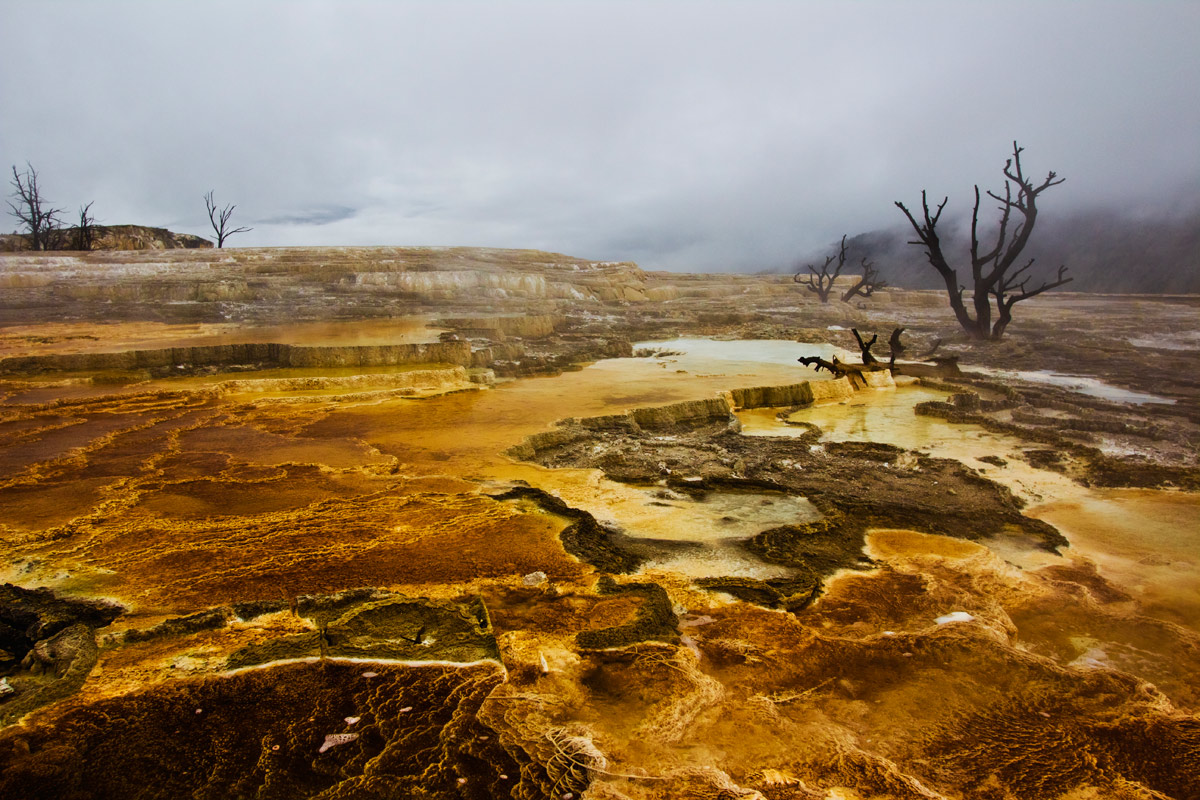
Yellowstone National Park
With most of its vast wilderness contained within the state of Wyoming, Yellowstone National Park extends into Idaho and Montana as well. As the world’s first national park, Yellowstone has long drawn photographers from around the world, who flock to this famous park to capture some of its countless photo opportunities like breathtaking landscapes, abundant wildlife, and incredible volcanic features. Centered directly over and around the active Yellowstone Caldera, North America’s biggest supervolcano, Yellowstone National Park is dominated by a landscape colored and shaped by volcanic forces.
Colorful hot springs, erupting geysers, and bubbling mud pots make for some of the parks most famous attractions, and plentiful wildlife can be seen throughout the park, giving visitors a chance of seeing some of North America’s big land mammals like grizzly and black bear, bison, elk, and wolves.
Photo Tip:
More than three million annual visitors make Yellowstone one of America’s most popular national parks. Even when the weather is poor, these vast numbers of visitors can make it tough to get photos without people in them, so you should start your day as early as possible to beat the tour buses and crowds. If you’re ready to start shooting at dawn, you’ve got a great chance of having even the park’s most famous destinations nearly all to yourself.
While you’re likely to see wildlife throughout the day, your best chance of spotting animals is going to be early in the morning and late in the evening.
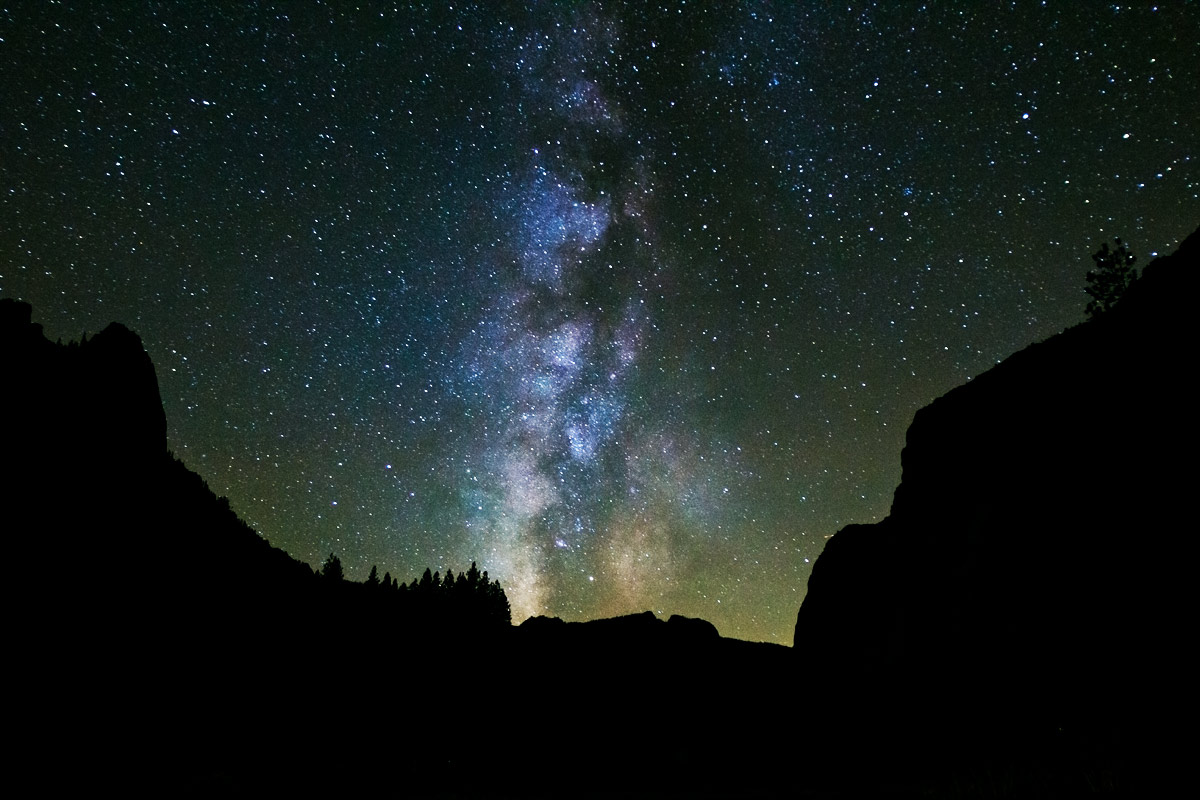
Yosemite National Park
Nestled in the Sierra Nevada Mountains of California, Yosemite National Park’s 747,956 acres protect a diverse array of animals and plants and some of the most instantly recognizable landforms like Half Dome and El Capitan. While the park is vast, most of the nearly four million annual park visitors spend their time in the picturesque Yosemite Valley, providing plenty of peace and quiet for adventurers and photographers who don’t mind a hike away from the crowds and into the wilderness.
Waterfalls abound throughout the park, ancient giant sequoias rise into the sky, and brave rock climbers scale granite faces, making for endless photo opportunities for photographers in Yosemite.
Photo Tip:
While spectacular scenery is plentiful during the day, a different kind of beauty emerges at night in the sky overhead. With some of the darkest skies on the west coast, Yosemite is an excellent place to explore the world of star photography. You’ll find that clear, moonless nights work best for capturing photos of the Milky Way.

Lightweight and affordable, the Oben AC-1441 Tripod is a great option to use for keeping your camera steady while shooting photos of the stars.
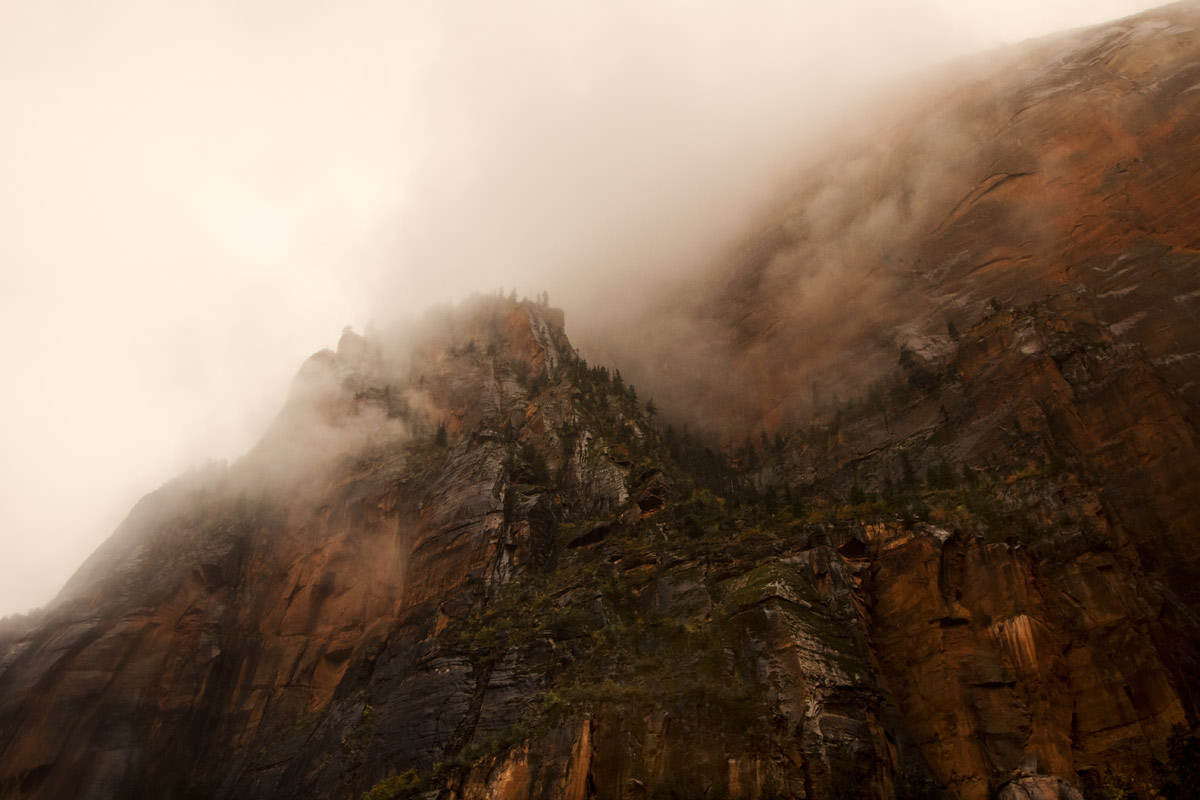
Zion National Park
Utah’s first national park, Zion National Park’s 146,597 acres contain towering mountain peaks, slot canyons, forests, waterfalls, and of course — the famous Zion Canyon which stretches for 15 miles through the red Navajo Sandstone. Carved by the North Fork of the Virgin River, a Colorado River tributary, Zion Canyon is up to half a mile wide in some areas.
While many of the natural features within Zion National Park are named for biblical and Book of Mormon references, such as the Court of the Patriarchs, Mount Moroni, Kolob Canyon, the Altar of Sacrifice, and many more, the Virgin River is perhaps surprisingly not biblically named, referring not to Mary, but to Thomas Virgin, an explorer who took part in Jedediah Smith’s expedition through the area in 1827.
Photo Tip:
Be aware of the light and plan your day around it. Much of your time in Zion National Park will likely be spent in Zion Canyon, which gets increasingly narrow as you follow the Virgin River upstream to the Temple of Sinawava and the start of the Zion Narrows. Since the canyon runs from north to south, you’ll find that the west side of the canyon is illuminated best in morning by the rising sun in the east, while the east side receives the most sunlight later in the day as the sun moves to the western sky. In the most narrow portions of the canyon, only when the sun is overhead will you have bright lighting on your surroundings.
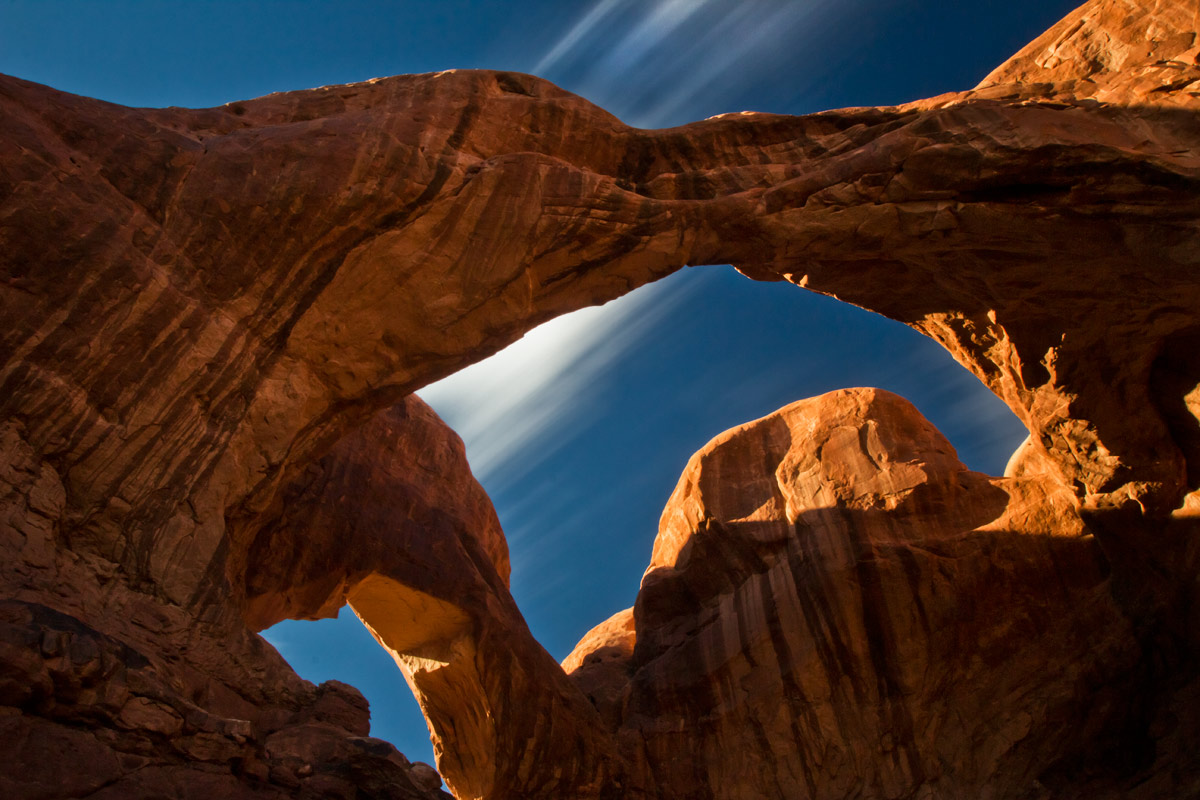
Arches National Park
Just a few miles north of Moab, Utah is Arches National Park, a 76,679 acre landscape filled with colorful stone arches, balanced rocks, and pinnacles. With the planet’s highest density of natural arches, the park is a surreal wonderland of geologic features that continue to be shaped by the forces of nature. Located in the high desert of eastern Utah, temperatures in the park can change by as much as 40 to 50 degrees between night and day. While other national parks close at sunset, Arches National Park stays open 24 hours a day, making it one of the best parks for adventurous photographers to shoot long exposure photos of the night sky.
Photo Tip:
The stunning natural rock formations of Arches National Park make it especially well-suited for long exposure landscape photography. To shoot long exposures during the day, you’ll need to bring along a sturdy tripod and a strong neutral density filter that can block much of the bright sunlight, making longer exposure times possible.
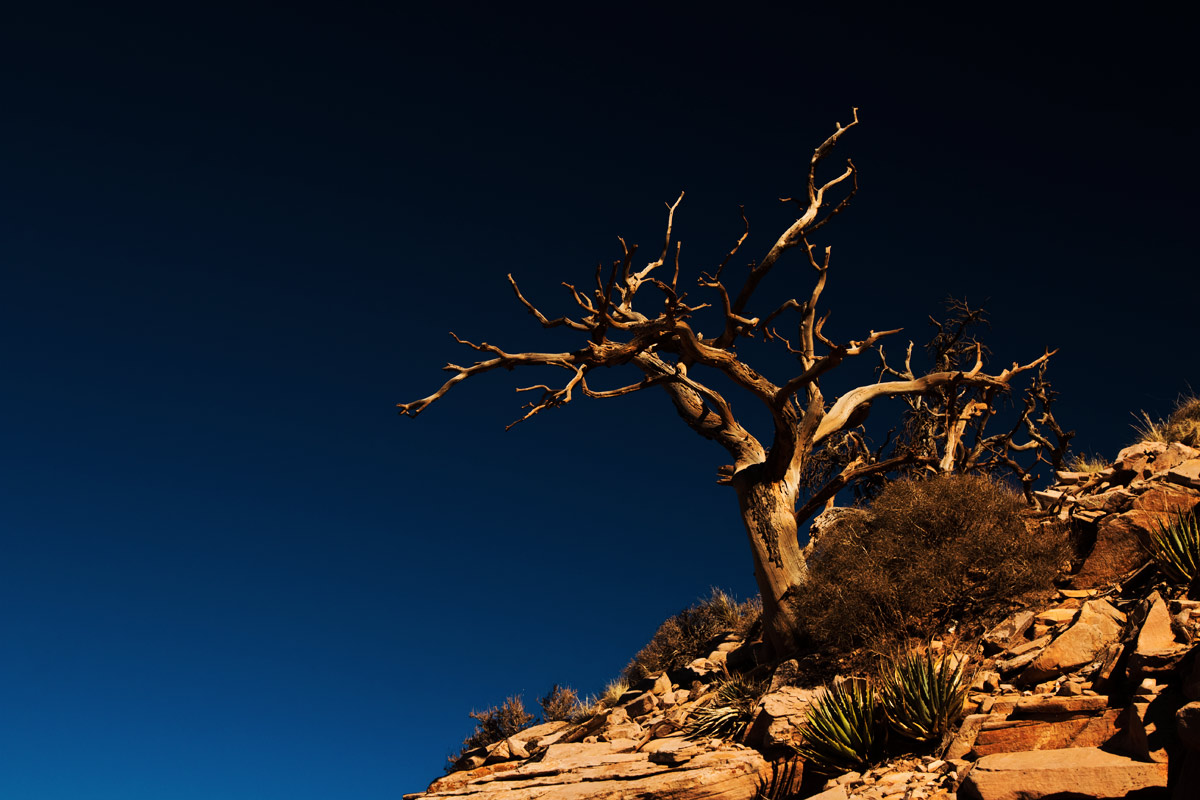
Grand Canyon National Park
A universally recognizable destination, Grand Canyon National Park is a true marvel of nature. A deep gorge carved by the Colorado River about seventeen million year ago, the Grand Canyon stretches for more than 250 miles and is up to 18 miles in width and more than a mile deep in some areas.
The breathtaking scale of the canyon and its relatively close proximity to major cities like Flagstaff, Arizona and Las Vegas, Nevada help to attract an overwhelming crowd of nearly five million visitors each year. Crowds are often thick along the canyon’s south rim, but quickly lighten the deeper into the canyon you hike. The North Rim of the Grand Canyon, more than a four hour drive from the more easily accessible South Rim, offers fewer crowds and a different perspective of the park.
Photo Tip:
In Grand Canyon National Park, it’s easy to become overwhelmed by the obvious — take plenty of shots of the incredible canyon, but take time to notice the details as well. Along with the expansive views of the massive canyon, you’ll also find plenty of opportunities to narrow your focus on interesting subjects like old, weather worn trees silhouetted against a deep blue desert sky.
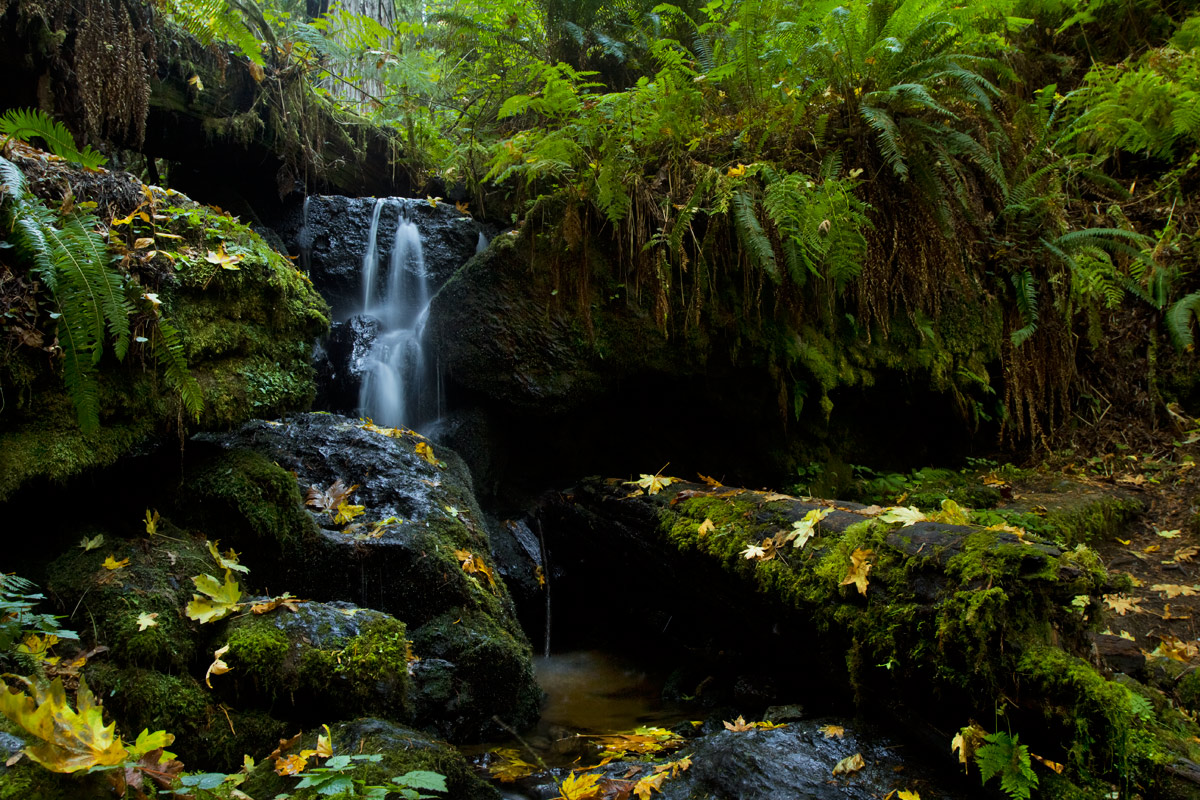
Redwood National Park
The tallest trees on Earth can be found growing in Redwood National Park, their trunks reaching more than 300 feet above the forest floor. Jointly administered by both the National Park Service and California State Park system, Redwood National & State Parks encompasses 133,000 acres and is made up of Redwood National Park and three state parks. Able to live for nearly two thousand years, the coast redwood can grow to a diameter of more than 25 feet and stand nearly 400 feet tall.
While more than two million acres of old growth coast redwood forest once grew along the California coast, nearly half of the 5% that remains can be found within these parks where it is protected for future generations.
Photo Tip:
Deep in the redwood forest, with massive tree trunks and branches blocking much of the sunlight, you’ll have very little light to work with. To cope with the low light conditions, you’ve got a few options:
- Bring along a tripod to stabilize your camera during longer exposures.
- Shoot wide open with a fast lens or use a lens with image stabilization.
- Shoot using a higher ISO speed; be aware that some cameras may produce high levels of image noise if you increase the ISO too much.

